The year 2019 marks the 100th anniversary of the passage of the 18th Amendment to the US Constitution. In Pennsylvania, a state with a large number of breweries, courtesy of our English and German ancestry, as well as an excellent climate for the growing of hops and malt, the impact was dramatic.
What was the 18th Amendment all about?
The 18th Amendment brought about the American era of Prohibition when the production, sale and transportation of alcohol was against the law. Interesting, the consumption of alcohol remained legal, setting up more gray areas for law enforcement.
Prohibition lasted for little more than a decade, from 1920 until 1933, when it was repealed by the 21st Amendment. In those thirteen years, Prohibition had significant intended and unintended consequences.
Pennsylvania’s Brewing History
According to the Hagley Museum’s online exhibit about beer and brewing, beer was an important staple in Pennsylvania from its founding. William Penn himself had a brew house on his Pennsbury estate and four large brew houses had been established in Philadelphia by 1696.
German immigrants introduced lager beer, a lighter brew than the English ale, and built numerous breweries throughout the state to meet demand for this popular beverage. By the late 1800s, there were nearly 3,000 breweries in America and Philadelphia served as a major center for beer production with 91 breweries located in the city.
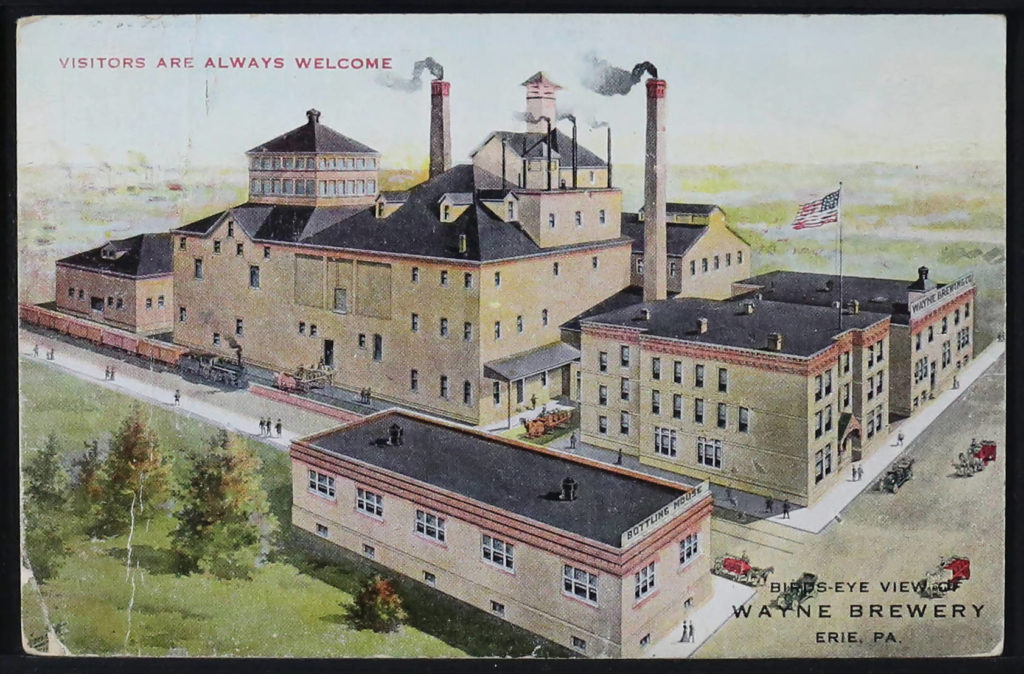
The beer industry continued to thrive in Pennsylvania until Prohibition made their prime product illegal. Some were able to stay in business on a smaller scale by making other beverages like soft drinks and non-alcoholic or “near beer,” but many never recovered from the disruption and economic consequences of Prohibition. While some breweries, like Wayne in Erie or Yuengling in Pottsville, were able to return to “business as usual” after Prohibition, many others folded.
Why Prohibition?
Prohibition was part of a worldwide progressive movement at the turn of the 20th century seeking social and political reform to benefit all people. Progressive activists looked to the federal government to address societal ills like corruption, unfair and unethical business practices, and the abuse of workers due to industrialization. They viewed the economic power and political influence of the alcohol industry as detrimental to American life.
In the United States, the push for Prohibition came from the temperance movement, which was heavily supported by Protestant religious sects and women. The Women’s Christian Temperance Union, the largest women’s organization in the country in the late 19th century, and the Anti-Saloon League were both influential organizations exerting pressure on lawmakers.
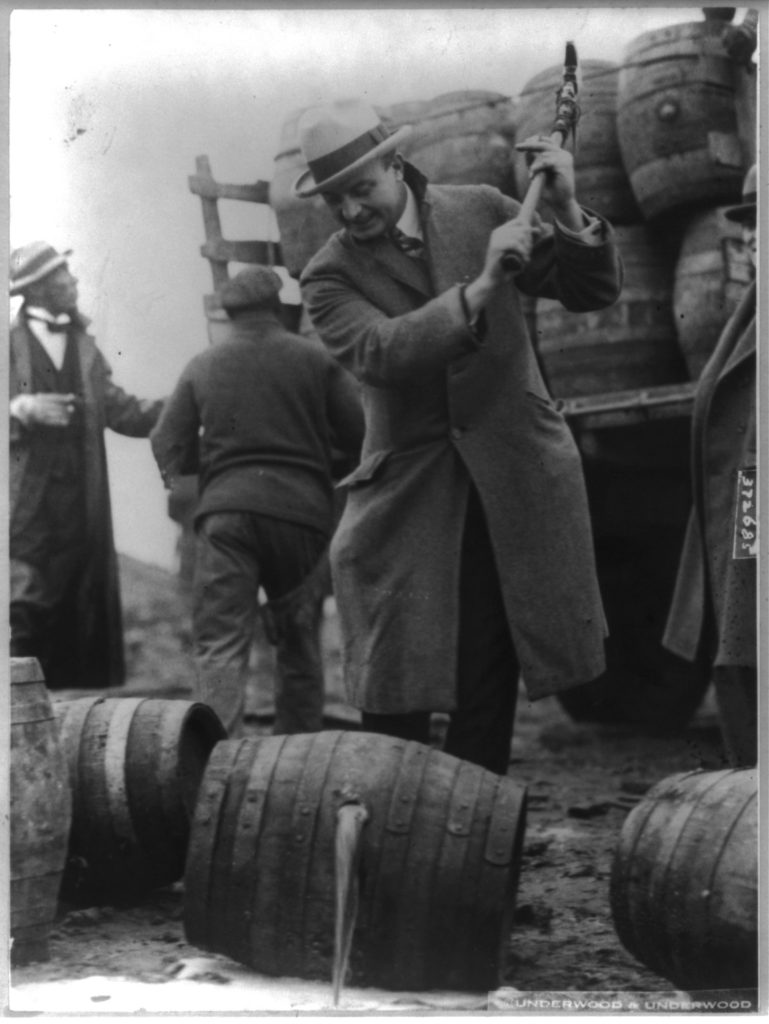
Prohibition was intended to protect consumers from corporate exploitation in the sale and manufacture of intoxicating liquors. An unintended consequence of prohibition was the rise of organized crime supported by the sale of bootleg liquor. If concern for consumers helped push the adoption of the 18th Amendment, it achieved the opposite effect as bootleggers sold all manner of dangerous alcoholic beverages with no oversight.
Another devastating result of Prohibition was loss of jobs due to the workforce layoffs and the eventual closure of many breweries and distilleries. Thus, the “noble experiment,” as Prohibition was sometimes called, did not last long and the 18th Amendment was repealed with the ratification of the 21st Amendment in 1933.
Fink’s Brewery and the PLCB
The economic impact of Prohibition is evident in the loss of historic breweries throughout Pennsylvania. Ironically, the Pennsylvania Liquor Control Board (PLCB) building at Forster and Capitol Streets was constructed in 1939 on the very site of the Fink Brewery at Forster and James Street in Harrisburg!
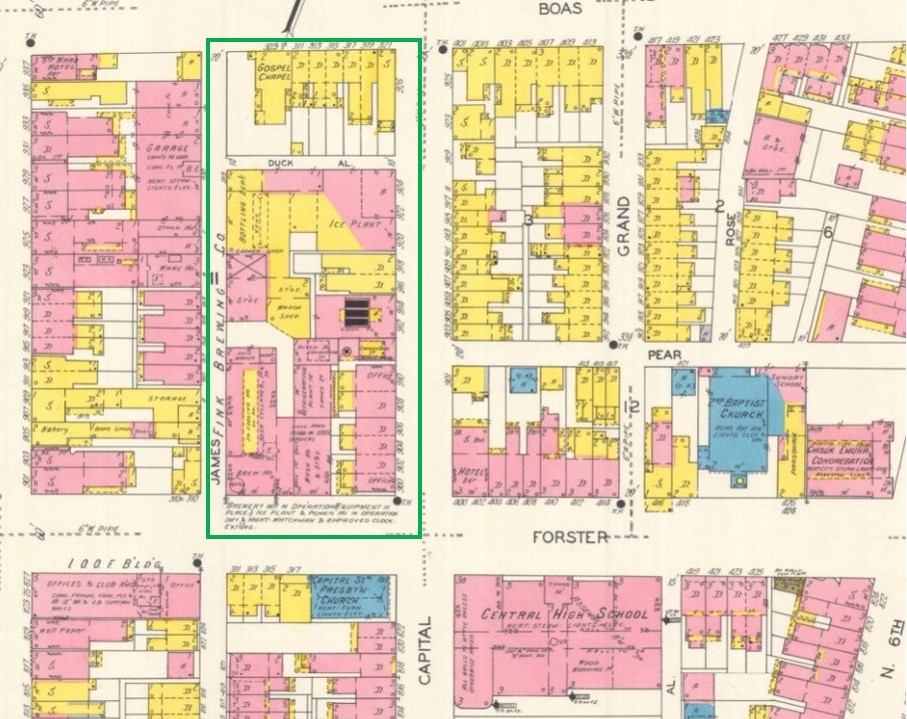
German immigrant Henry Fink built a large brick brewery at the site in 1881, with the capacity to produce 20,000 barrels of beer a year. Fink’s Brewery advertised its products with a poster featuring the “Distelfink Song” appealing to the state’s strong Pennsylvania Dutch heritage.
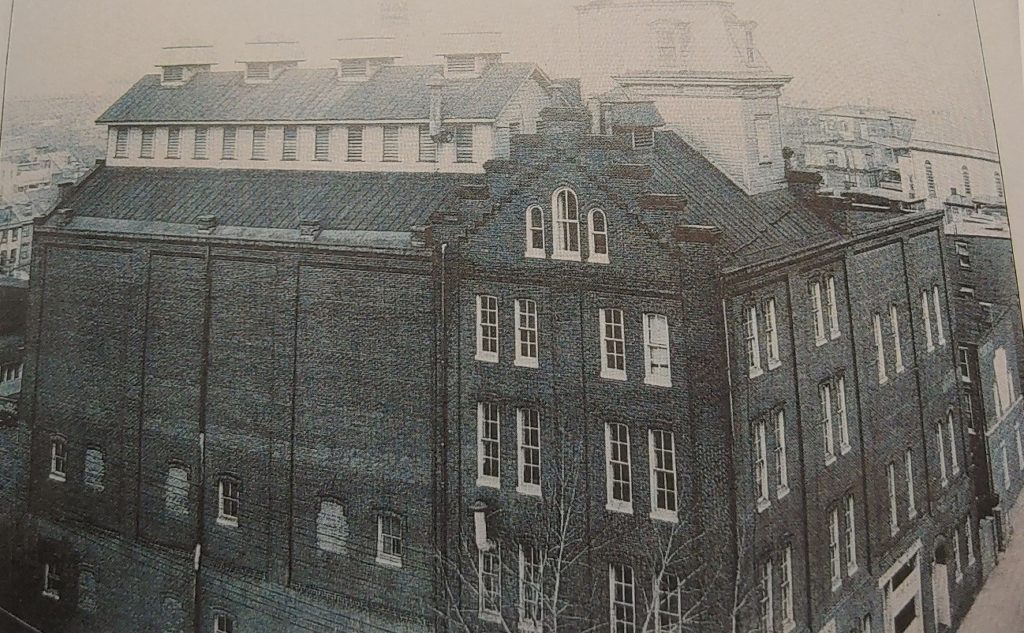
When Prohibition struck, the building was used primarily as an ice plant.
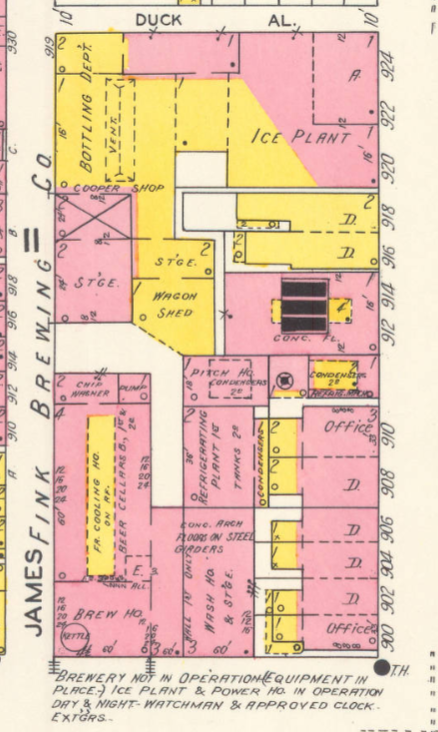
By the time the law was repealed in 1933, the company was struggling financially in the midst of the Great Depression and sold the property to the Commonwealth in 1934. The brewery was demolished, clearing the site for the new Art Deco-style PLCB. The building was completed in 1939 by the federal Public Works Administration, which actually played a role in the creation of other state offices in the Capitol Complex.

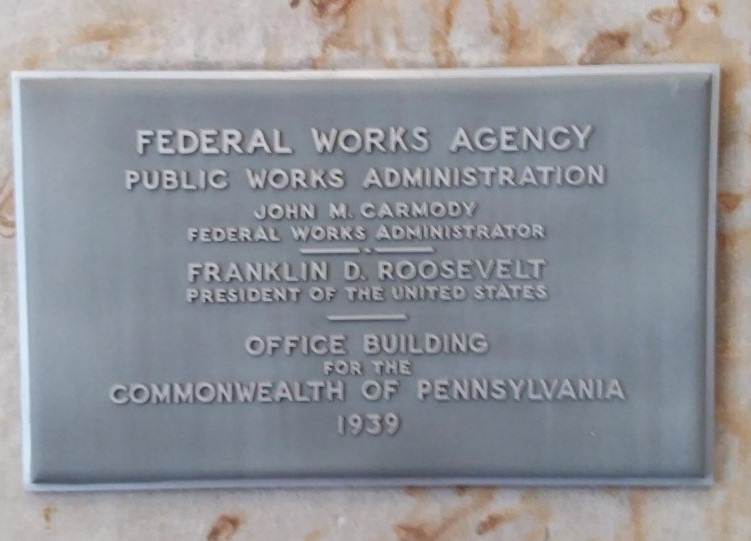
Unfortunately, the Fink Brewery building and many others did not survive the economic chaos caused by Prohibition and the turbulent years that followed. However, quite a few historic brewery buildings have been faithfully preserved in Pennsylvania, some serving their original purpose and others adapted to new uses.
Stay tuned for a 2020 blog on historic breweries that are still a vibrant part of communities. In the meantime, you can learn more about Pennsylvania’s historic breweries from these interesting reads: Just Listed! Historic Breweries of Pennsylvania and Stegmaier Brewed Beer and a Regional History.
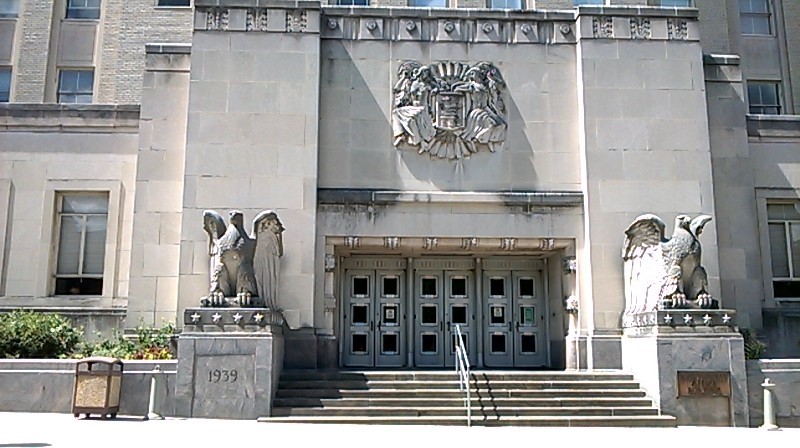
Hi Pam.
Great piece. Thanks for an interesting read.
Pamela – You forgot about Yuengling Brewery (1829) in Pottsville, Schuylkill Co, which is individually listed on the NR. See their history at:
https://www.yuengling.com/our-brewery/
Thanks, for the reminder. I did not overlook the very impressive Yuengling Brewery– I am saving it for another blog on historic brewery success stories. I agree that Yuengling always at the top of any list of historic breweries in PA!